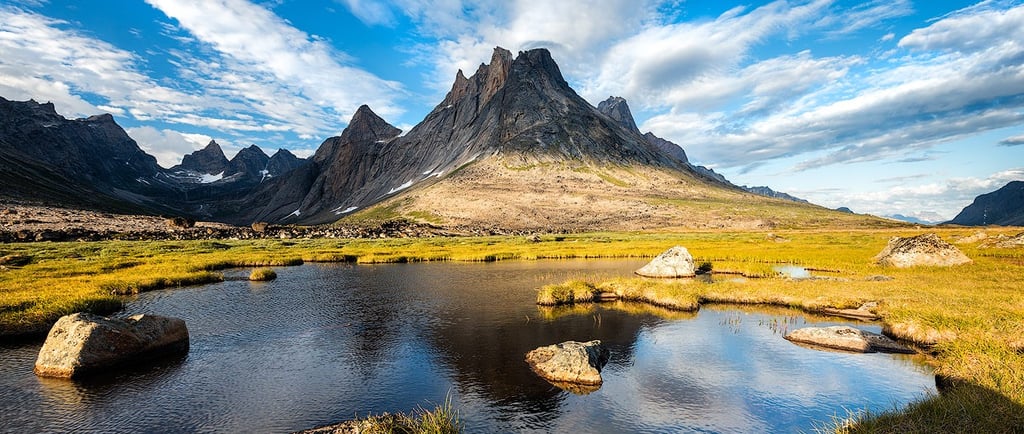The Largest Islands of the World


The Magnitude of Greenland
Greenland stands as the largest island in the world, with an immense area of approximately 2,166,086 square kilometers. It is located between the Arctic and Atlantic Oceans, primarily covered by ice. The historic landscape, coupled with its vast ice sheets, creates a unique biome that is inhospitable to most forms of life but captivating for researchers and adventurers alike. The island's cultural heritage, primarily influenced by the Inuit population, adds another layer of intrigue. Greenland's sheer size, geological diversity, and climatic conditions make it a critical area for studying climate change.
New Guinea: Biodiversity at its Best
New Guinea, the second-largest island in the world, spans an area of approximately 785,753 square kilometers. Shared by two nations – Papua New Guinea and Indonesia – it is renowned for its unparalleled biodiversity. This island is home to many unique species of flora and fauna, including the famous birds of paradise. New Guinea's diverse ecosystems, ranging from rainforests to savannas, provide scientists with invaluable insights into ecology and conservation efforts. Moreover, its indigenous cultures, with over 800 distinct languages, offer a rich tapestry of human history that remains largely unexplored.
Borneo: The Emerald Island
Borneo, the third-largest island, covers about 743,330 square kilometers and is politically divided among Malaysia, Indonesia, and Brunei. This island is often celebrated for its lush rainforests and rich biodiversity, which include endangered species such as orangutans and pygmy elephants. Borneo's tropical climate fosters a variety of ecosystems that play a significant role in the Earth's carbon cycle, highlighting the importance of preserving its natural habitats. Additionally, the cultural heritage of Borneo is reflected in the lives of its indigenous tribes, who have coexisted with nature for centuries, adding depth to the environmental narrative.
The Importance of Conserving These Islands
As inhabitants of this planet, understanding the significance of the largest islands—Greenland, New Guinea, and Borneo—is crucial. Each island serves a vital role in global ecology and biodiversity. They are not only memorable for their size but also for the unique ecosystems they support and the cultural histories they encapsulate. The ongoing threats of climate change, deforestation, and habitat destruction loom large over these islands, compelling an urgent call to action. Protecting these areas is not merely an environmental necessity but a moral imperative for future generations.
